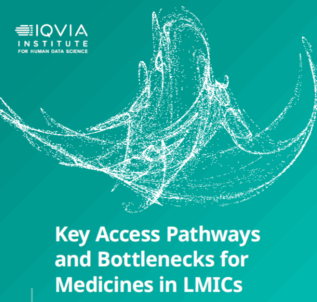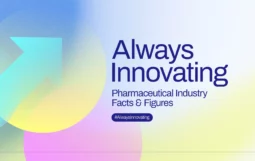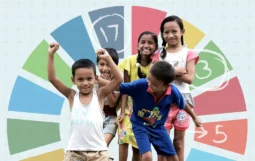Key access pathways and bottlenecks for medicines in LMICs

Downloads
Share
Topics
Medicines and vaccines have transformed the way we prevent, treat, and cure diseases. Bringing these to people around the world requires more than scientific breakthroughs – it demands collaboration across the entire innovation and access pathway. From discovery and development to regulatory approval, supply, procurement and local delivery, each step plays a critical role in ensuring people can benefit from medical innovation.
New research carried out independently by the IQVIA Institute for Human Data Science, with funding from IFPMA, seeks to evaluate select pathways for two types of medicines in 18 low- and middle-income countries. The first, “recently launched medicines”, focuses on medicines first launched globally between 2013 and 2022. The second, “established medicines”, focuses on a selection of medicines from the 2023 version of the WHO Essential Medicines List (EML) excluding – among others – the “recently launched” entries.
The analysis examines several factors that influence drug availability and accessibility: whether these medicines are registered locally, included on national essential medicines lists, reimbursed by healthcare systems, or sold in-country. These findings aim to provide key data to support discussions around these bottlenecks and inform strategies to improve access to essential and recently launched medicines.
Key highlights include:
- Medicines treating non-communicable diseases (NCDs) have the highest share of novel medicines with 70% of the 593 recently launched medicine in the 2013–2022 period. This is aligned with the current global disease burden and trends.
- Oncology contributes 45% of recently launched medicines, followed by neurology with 11%, immunology/allergy with 9%, and hematology with 9%.
- With regards to infectious disease, 21% of recently launched medicines during this period are indicated for COVID-19, followed by viral hepatitis and antibacterials, with 19% each.
- Currently, the World Health Organization (WHO) Essential Medicines List (EML) includes 31 of the 593 recently launched in the 2013–2022 period which is 5% of that sample. Other qualifications and procurement lists of global procurement organizations, also contain few recently launched listings with 13 recently launched medicine found in the qualified lists of the six organizations analyzed. The average number of entries per list comes to 3.5.
- Some countries show low rate of registrations, regardless of whether the medicine is recently
- Reimbursement list inclusion varies across the analyzed LMICs – 0–24% for recently launched – and 9–60% for established medicines.


